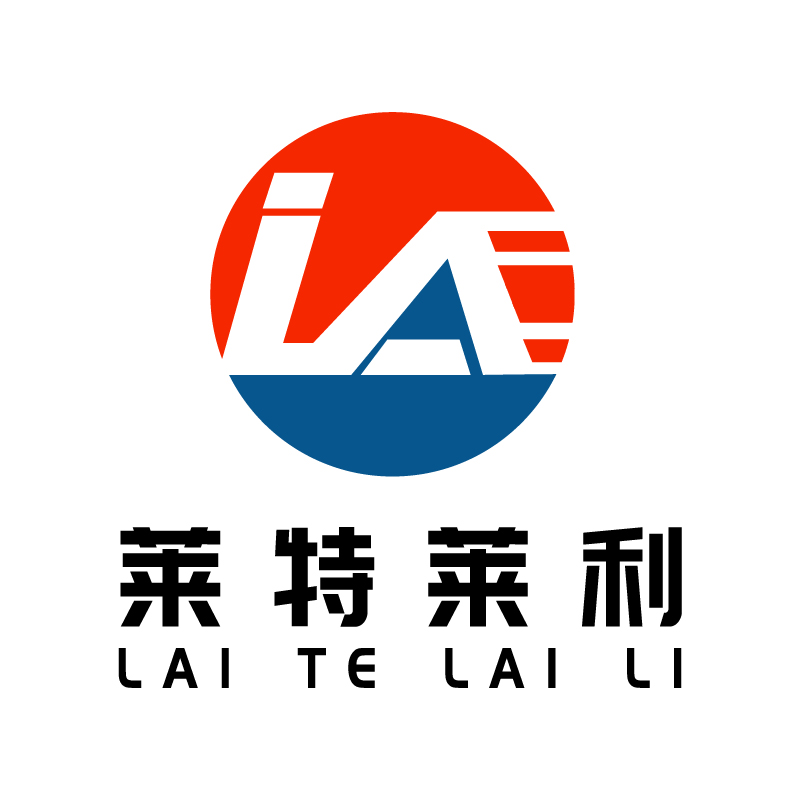What are the key links in the production process of enhanced mixed base carbon strips?
The production process of enhanced mixed base carbon strip is a complex process involving many key links. The following is a detailed analysis of these key links:
1.The base membrane preparation
Material selection: The base film is the basis of the carbon strip, and polyester (PET) film is usually selected because of its excellent mechanical strength and thermal stability. The choice of base film is crucial to the performance of the final carbon strip.
Treatment process: The base film may require surface treatment before coating, such as corona treatment, to improve the adhesion and printing effect of the ink.
2. Ink preparation
Selection of raw materials: The ink is composed of pigment, resin, wax and various additives. Pigments are responsible for providing color, while resins and waxes ensure that toner transfers properly and adheres to the medium when heated. Additives are used to improve various physical and chemical properties of toner, such as wear resistance, solvent resistance, etc.
Grinding and dispersion: the ink raw material needs to be carefully ground and dispersed to ensure its uniformity and stability. This link has a direct impact on the printing effect of the final carbon belt.
3. Coating process
Environmental control: The coating process needs to be carried out in a controlled environment to ensure uniform toner layers. Environmental factors such as temperature and humidity have important effects on the coating effect.
Coating method: Using a suitable coating method (such as scraper coating, gravure coating, etc.) the ink is evenly coated on the base film. The choice of coating method depends on ink characteristics and product requirements.
Drying curing: The coated carbon strip needs to undergo a drying curing process to remove the solvent and cure the toner. The drying temperature and time need to be precisely controlled to avoid affecting the performance of the carbon strip.
4. Back coating and cutting
Backcoat treatment: Apply a lubricant to the other side of the carbon strip to prevent wear of the print head and prevent static electricity. The uniformity and thickness of the back coating have influence on the performance of the carbon strip.
Slitting and rewinding: The carbon strip after drying and curing needs to be slitted and rewinding in accordance with a specific width. The cutting tension and tightness of the carbon strip need to be accurately mastered to ensure the quality and performance of the carbon strip.
5. Quality control and testing
Quality inspection: In the production process, strict quality control of raw materials and finished products. Including wear resistance, printing effect, high temperature resistance and other performance tests to ensure that the carbon strip meets the needs of users.
Adaptability test: Before the product is put on the market, the adaptability test is carried out in various environments, such as simulating friction and scraping in the actual use scenario, to ensure that the carbon strip can maintain good performance in practical applications.
6. Packaging and marking
Package protection: Thermal transfer carbon tape products need to provide adequate protection during packaging to prevent damage during transportation and storage.
Clear identification: The product packaging needs to have clear identification information, including product name, specifications, production date, shelf life, etc., in order to facilitate user identification and traceability.
In summary, the production process of enhanced mixed base carbon strip involves several key links, such as base film preparation, ink preparation, coating process, back coating and scuttling, quality control and testing, packaging and marking. Each link needs to be strictly controlled and managed to ensure that the quality and performance of the final product meet the needs of users.



